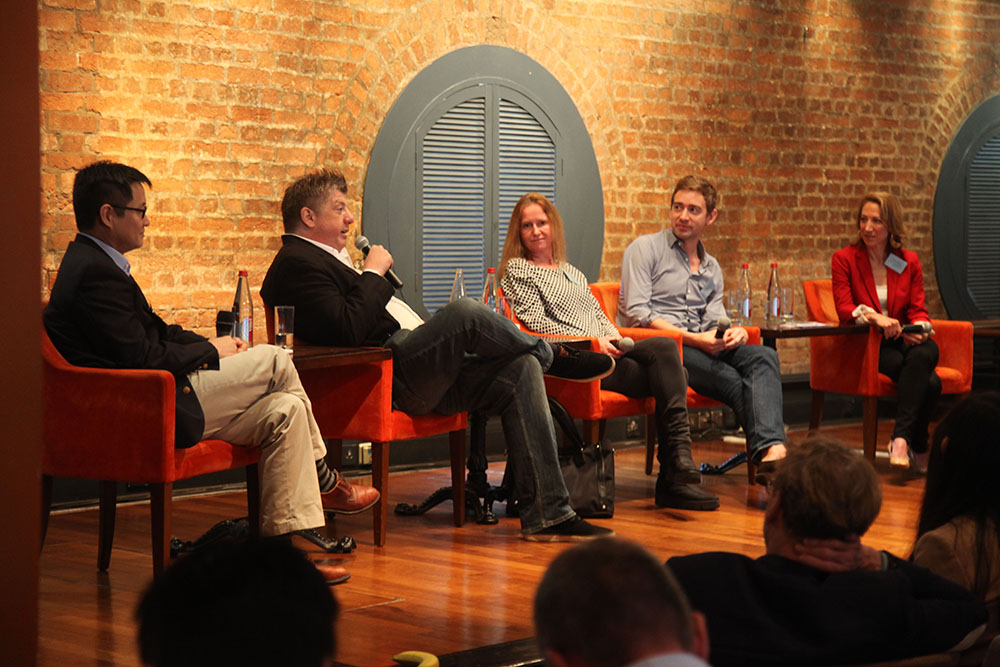
Covering news in the era of digital disruption

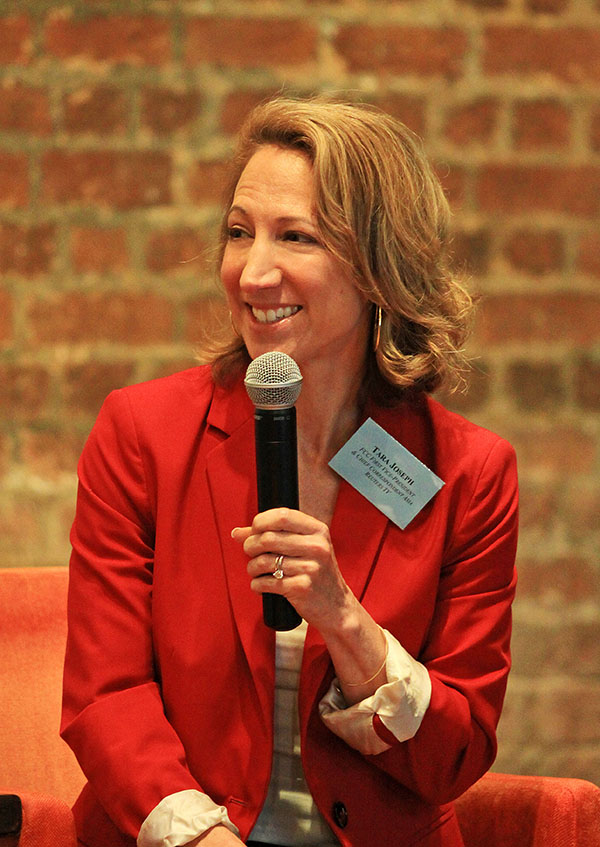 The FCC’s first Journalism Conference saw a packed house in the Main Dining Room and Verandah as panelists of senior editors and reporters talked about the issues confronting journalists in the era of digital disruption.
The FCC’s first Journalism Conference saw a packed house in the Main Dining Room and Verandah as panelists of senior editors and reporters talked about the issues confronting journalists in the era of digital disruption.
Although Paul Beckett, Asia Editor for The Wall Street Journal, did not see it as digital disruption, rather that it was the “most creative – and best – era for journalists”.
The first session really got to the meat of it: kickstarting your journalism career. The panel of senior editors, moderated by Tara Joseph, Chief Correspondent Asia for Reuters TV, spoke about what they thought were the key qualities for aspiring journalists.
David Merritt, Executive Editor, Asia for Bloomberg News: “Passion for news.”
Anne-Marie Roantree, Hong Kong Bureau Chief for Reuters: “Curiosity and perseverance.”
Beckett: “All journalists should be digital journalists.”
Phil Pan, Asia Editor for the New York Times: “Someone who stands out in their reporting and writing.”
You might expect financial news reporting to require financial expertise. While such experience can be an advantage, Merritt says Bloomberg doesn’t require detailed financial knowledge. “Most of this stuff can be taught on the job through our big training team,” he said. “Passion and curiosity are more important.”
Merritt, who noted that he had a degree in English literature, said they do subject job candidates to a three-hour writing test which not only tests writing ability, but as importantly news judgement.
Merritt said Bloomberg has a policy of moving people around into different roles, many of which they could be
completely unaware of initially. “However, a strong newsroom has a mixture of those with a financial background and those with other kinds of backgrounds – you need diversity to make a newsroom vibrant.”
Language skills seem to be essential for Hong Kong-based reporters.
“In Hong Kong at the moment, a lot of our reporters are trilingual, which is a necessity at this time,” said Roantree. “However, I don’t agree that a reporter has to be a fabulous writer.
“We have a number of brilliant reporters who are not the best writers – that’s why we have editors.”
Besides languages, should everyone be also experts in some of the tech areas?
“We have people who do great video or graphics or video editing,” said Beckett. “But ideally, as an editor you bring all the elements of a story together – from beginning to end using all the available talent in the newsroom. I don’t need you to know how it is done, but I need you to be aware what the possibilities of the various media are.”
Beckett said when he interviews someone he always asks, “Do you have any questions?” So when he gets the the common reply of, ‘no, I think you have covered everything’, it’s not the answer he wants to hear. “As a journalist your job is to ask questions, so come up with some – even if you can’t think of anything relevant – to show what you can do.”
It is a very competitive landscape for people aspiring to New York Times jobs.
“Job candidates – or even NYT staff – should be thinking about what they want to be doing in five years’ time,” said Pan. “Then make sure you are doing the jobs and learning the skills that will help to achieve those goals.
“If you are thinking of applying for NYT, then you should be doing the jobs that you think the NYT might be looking for.”
Following the money: the document dive
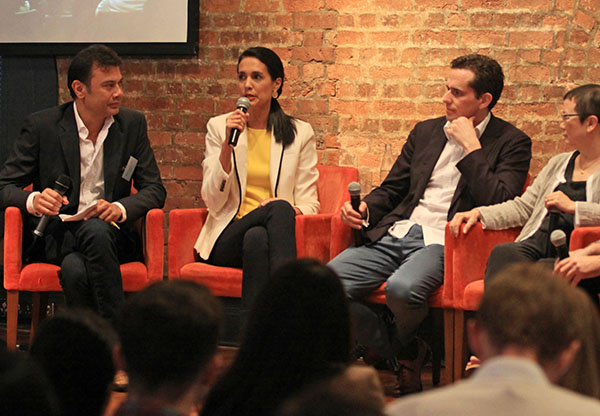
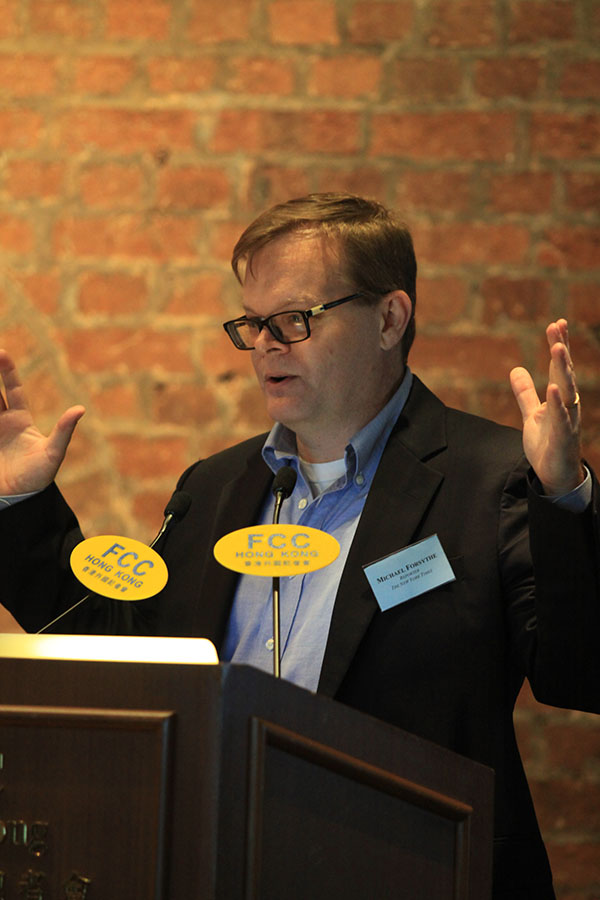 The next session covered how to find, access and interpret documents to build paper trails for companies and individuals.
The next session covered how to find, access and interpret documents to build paper trails for companies and individuals.
The panel included Michael Forsythe, Reporter, The New York Times, Ben Richardson, Freelance Editor and Tom Wright, Reporter, The Wall Street Journal. The moderator was Natasha Khan, Reporter, Bloomberg News.
Khan, Richardson and Forsythe were part of an award-winning Bloomberg News team that produced “Revolution to Riches” in 2012, a series that uncovered the financial holdings of China’s ruling families. Tom Wright was involved in uncovering the story of Malaysia’s 1MDB scandal.
For Michael Forsythe, “document diving changed my whole journalistic career, thanks in part to Bo Xilai”.
When he was at Bloomberg the team was trying to get ahead of the story that had seen the Wall Street Journal produce a series of scoops about Bo Xilai. “We started writing about the Bo family fortune. There was so much noise in the Chinese journalism world you didn’t know whether to believe it or not. However, when you attach on-the-ground reporting to documentation it becomes clearer. It’s not rocket science but you need a lot of patience.”
For Ben Richardson, document diving “was a revelation for me, how much you could prove and how independent it made you, no longer relying on sources except for confirmation”.
It was during the Xi Jinping story (links to the favoured wealthy families) “that we came up with rabbit-holing where you spend hours and hours a day going through, say, registry filings, and you end up following this trail of coincidental things that eventually turns into an investigation.”
However, to do that “it’s incredibly important at the outset to set up a spreadsheet with the appropriate parameters and fields so you can track the details – whether it’s nominees, corporate secretaries or addresses”. It helps that all financial documents are basically the same language, whether you look up filings in London, Hong Kong or Singapore, they all have common fields.
“All this needs to be inputted at the start otherwise you can end up six months down the line scrabbling through piles of documents to find some vague reference you remember that is now crucial to the story.”
Tom Wright said you should not start with the documents before the reporting as you will be dealing with a mountain of stuff without a clear direction to go. “So you need to match your traditional bootstrap reporting with the documents.
“You are going to need to go to local reporters, talk to people and find the rumours and then you can find the documents to back up what you are trying to prove.
“In our case it was a rumour that 1MDB was overpaying for assets and then those people who were overpaid were donating the funds to charities. And we were able to prove that by looking at things like intangible assets in corporate filings. This is extremely tedious, but we found what we needed.”
News in the digital and mobile era
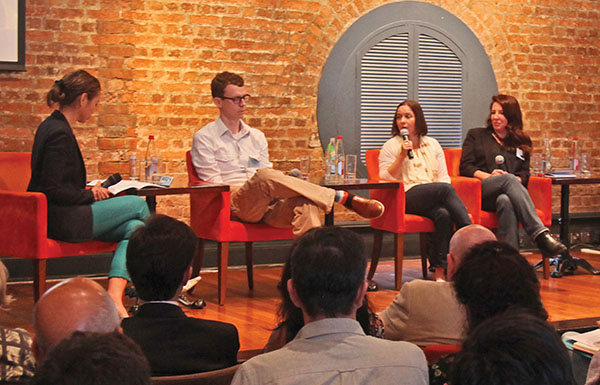
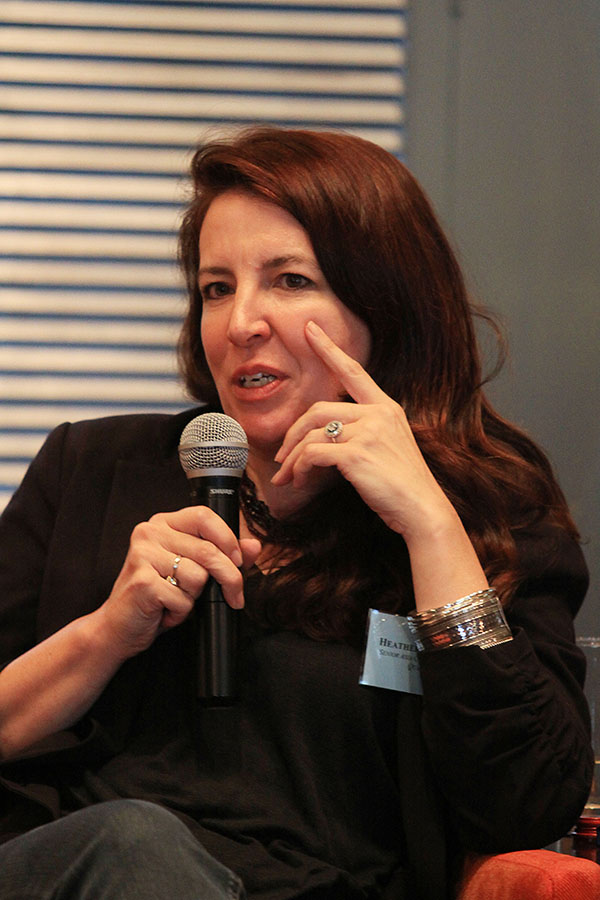 The next session discussed the evolving digital landscape for news and its relevance to reporters of any medium.
The next session discussed the evolving digital landscape for news and its relevance to reporters of any medium.
The panelists included Austin Ramzy, Reporter, The New York Times; Anjali Kapoor, Head of Digital Asia Pacific, Bloomberg Media; and Heather Timmons, Senior Asia Correspondent, Quartz. The moderator was Angie Lau, Anchor of “First Up”. Bloomberg TV.
Austin Ramzy said that when presenting news on mobile devices the writing needs to be tighter and faster. “So at the NYT we find that long stories and investigations can also work well on mobile devices. We also try to do a lot of stories with graphic elements, like incorporating people’s Tweets and video.
“This is the main way we try to capture a mobile audience.”
Anjali Kapoor said that with mobile devices you are talking about engaging the attention of someone who can flip off in a second, “so it’s very important how you engage people on the small screen”.
“You need to use the headline, image, caption…the experience…to draw them in so they want to read on. This works whether it’s short or long-form. In fact, long-form stories are popular on mobile devices.
“When you think about mobile tech – it’s the next generation from what the PC was and what websites were many years ago.
“With the small screen you want readers to stay. It makes you think about your journalism and the way you tell a story and the way you present it to keep them engaged and make them want to go on to your website or publication.”
One of the most engaging aspects of mobile devices are the mobile alerts. “People actually love mobile alerts. Putting together a mobile alert strategy takes some thought given the different time zones, markets opening and closing times, and which countries you are aiming for.”
Heather Timmons said that Quartz did research on what people read on mobile devices. Quartz then came up with something called the Quartz Curve which determines the length of a story. “As it gets longer – say in the 600 words bracket – people stop reading. So everything we now do is under 500 words or it is long and investigative – so we cut the 600-1,000 word trough.”
With regard to making a story engaging to keep readers, Timmons gave as an example the story Quartz did when Tsai Ing-wen was elected Taiwan’s president. “In the headline we said she was a cat lover and the story had amazing pick-up. We saw through the analytics that people had read through the whole story.”
It seemed to gain traction in Taiwan as well: for her Christmas message the president put out a video of her with cats.
“People came for cats and stayed for Taiwan’s history… it was a wonderful moment.”
The following were some of the other workshops and panel discussions.
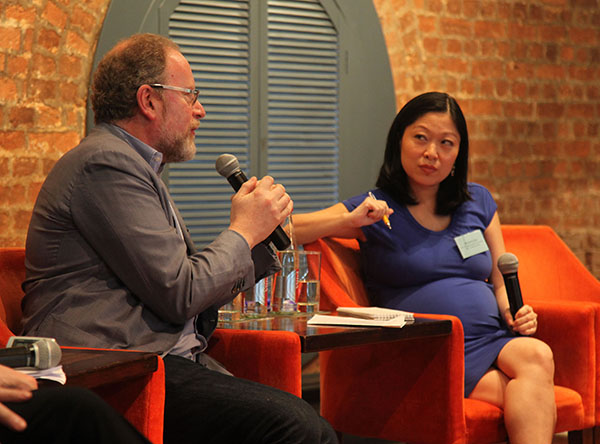
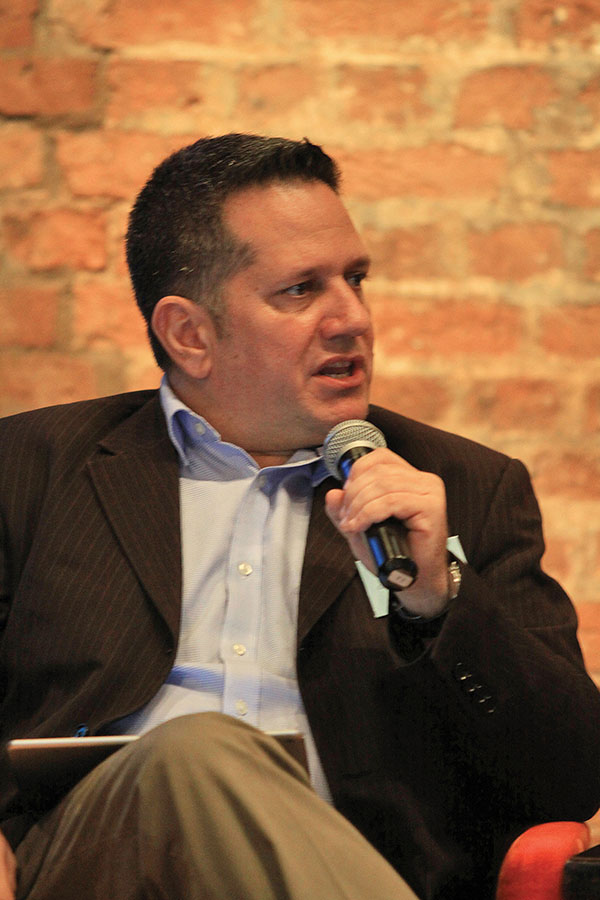
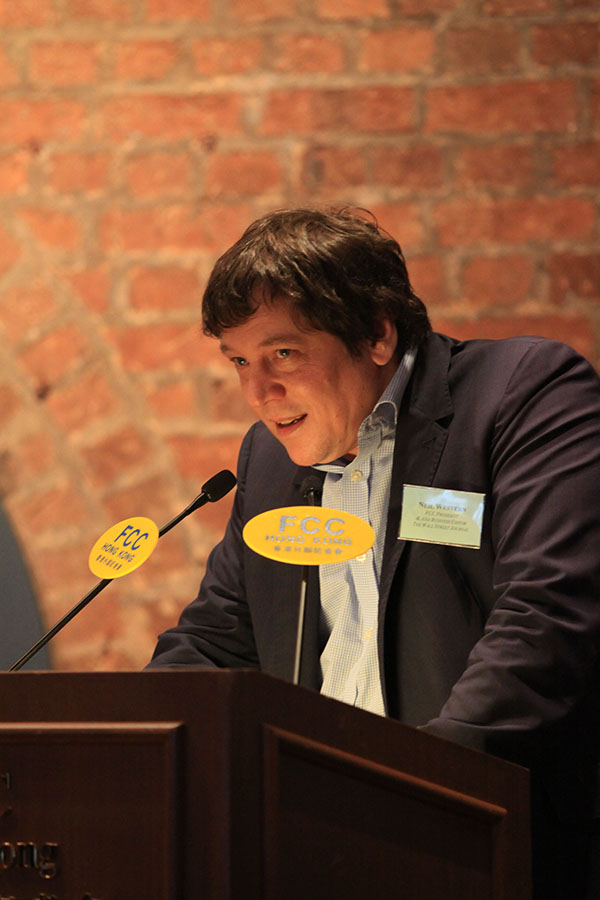
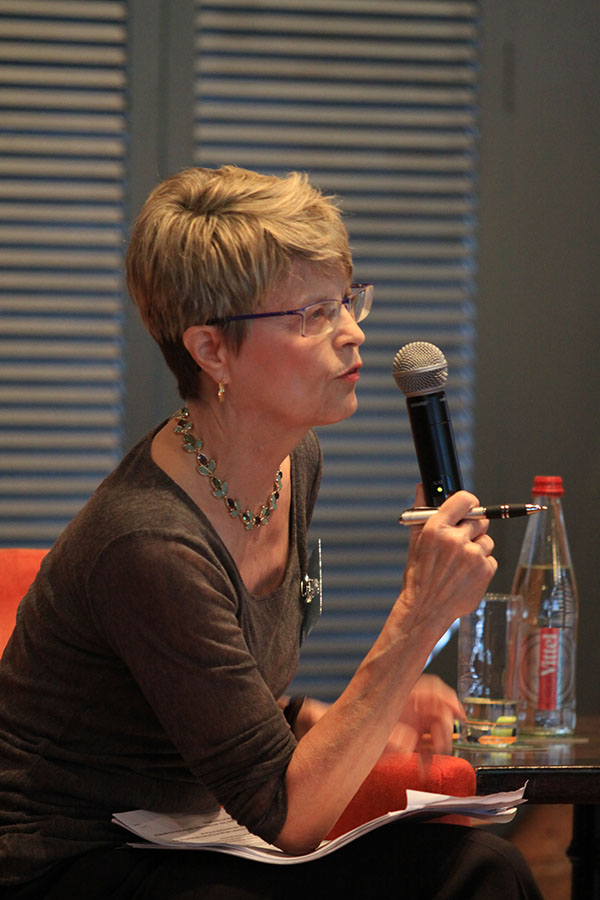
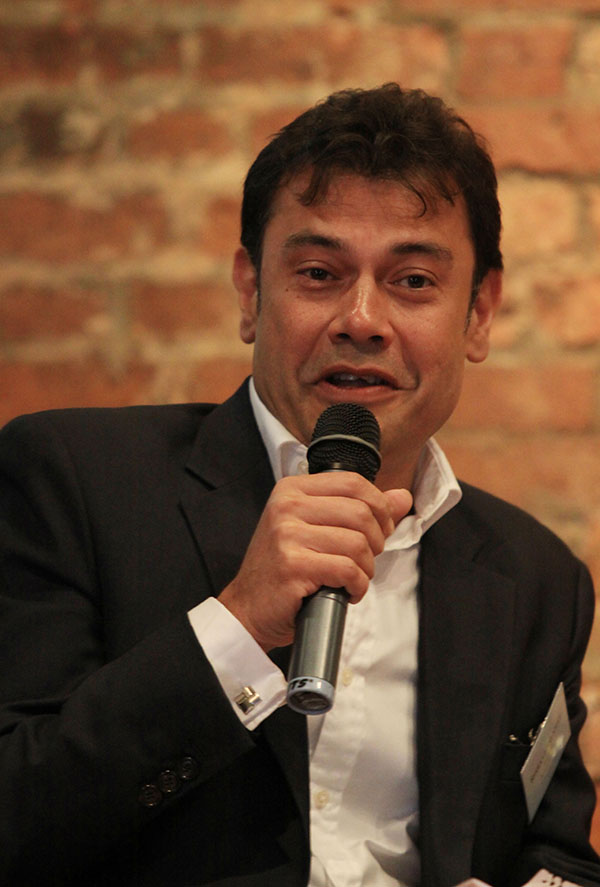
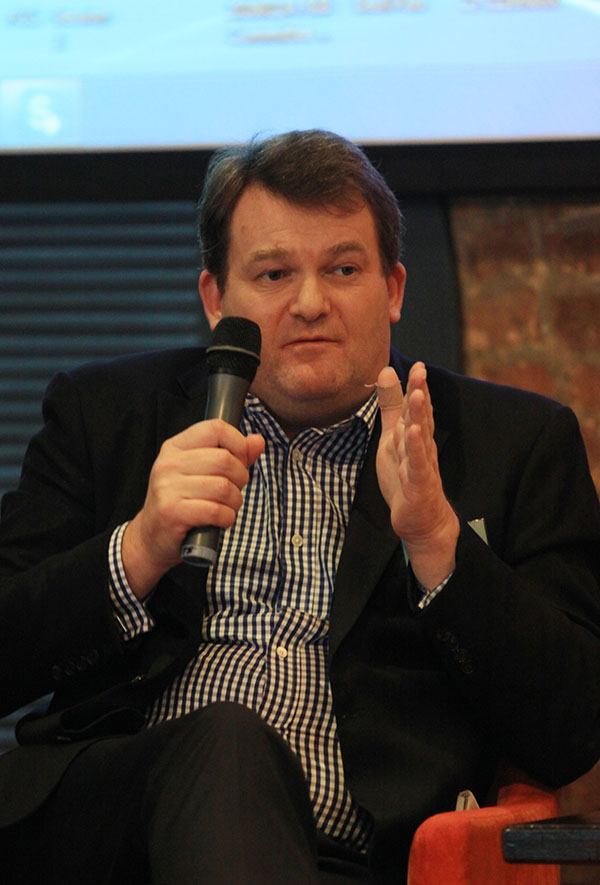
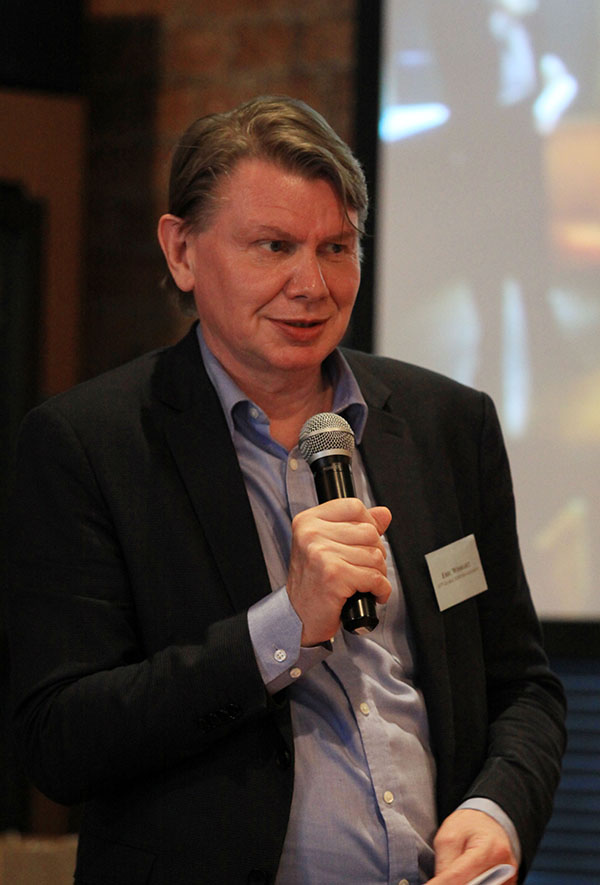
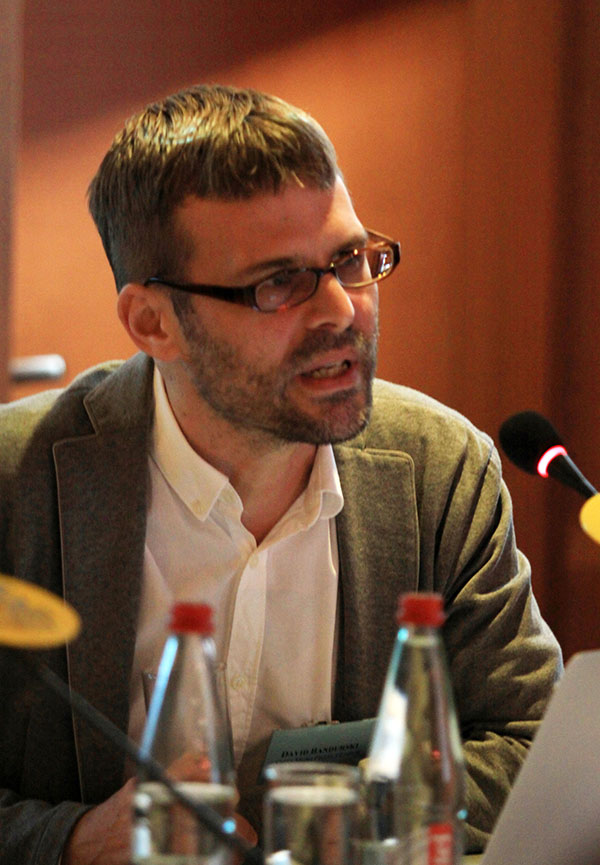
Sourcing through social media
The potential and perils of reporting in the age of Weibo and Twitter. How to find trustworthy sources and verify online information. The panelists were Iain Martin, Asia Editor, Storyful; David Bardurski, China Media Project Editor; and Sam Dubberley, Co-founder, EyeWitness Media Hub.
Challenging authority
Reporters are not there just to take notes – a conversation about how to challenge sources at the very highest levels of officialdom. The speaker was David Schlesinger, former Editor-in-Chief of Thomson Reuters in conversation with Juliana Liu, BBC Correspondent.
Cybersecurity
How to protect your digital devices – and your source – in the era of government surveillance and rampant online hacking. The moderator was Nan-Hie In, Freelance Journalist. The panelists were Ewen MacAskill, Defence and Intelligence Correspondent, The Guardian (via skype); and Leonard Weese, President, Bitcoin Association of Hong Kong.
The art of long form: feature writing
In the era of listicles and mobile readership the demand for compelling long reads is still strong – but keeping the reader’s attention is the key. Learn how to build rich narratives with strong characters, great anecdotes and the biggest context. The speakers were SK Witcher, Deputy News Editor, The International New York Times; and Phred Dvorak, Asia Money and Investment Editor, WSJ.
Covering conflict and disaster
From covering the civil war in Syria to violence in the streets of Hong Kong, a discussion of how journalists should prepare themselves for working in hostile environments. The moderator was Eric Wishart, AFP Global News Management; Speakers were Roger Clark, VP Asia Pacific and Hong Kong Bureau Chief, CNN; Ivan Watson, Senior International Correspondent, CNN; and Marc Lavine, Editor-in-chief Asia Pacific, AFP.
Front page photographs with your smartphone
Tips and tricks on getting maximum impact for your news photography. The speakers were Pedro Ugarte, Photo Director Asia Pacific, AFP; and Palani Mohan, Freelance Photographer.
The future of journalism
The moderator Richard Salamat, Anchor, Bloomberg TV. The panelists were, Jamil Anderlini, Asia Editor, Financial Times; Phiippe Massonnet, Regional Director, AFP; Ying Chan, Founding Director, HKU’s Journalism & Media Studies Centre; and Kristie Lu Stout, Anchor and Correspondent, CNN.
Photos by: Terry Duckham/Asiapix Studios




















